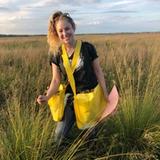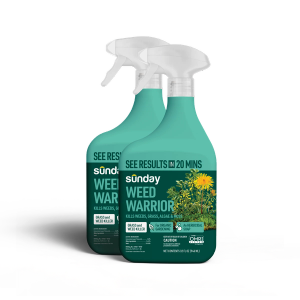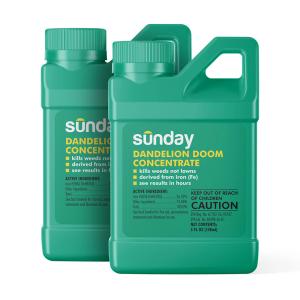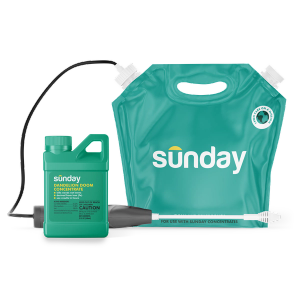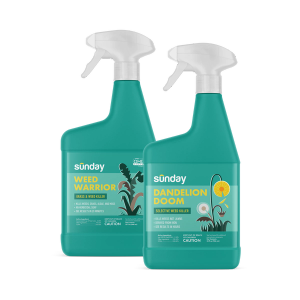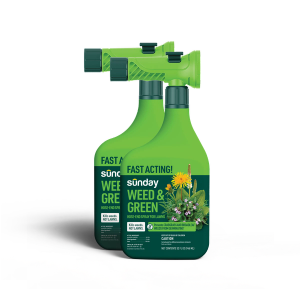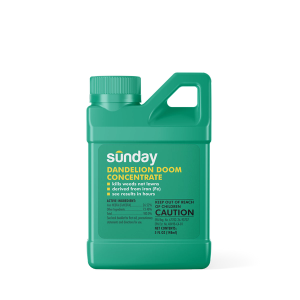What is nutsedge?
Despite its grass-like appearance, nutsedge is actually a sedge—a plant with a triangular stem. What sets it apart is how it spreads through your lawn, using a triple-threat approach of rhizomes, seeds, and underground nutlets (small tubers that sprout new plants).
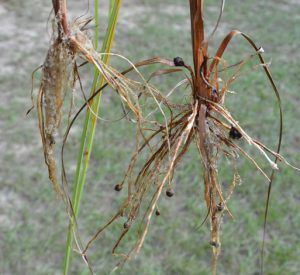
Sunday Tip:
Roll the stem between your fingers—if it's triangular, you've got sedge! Remember: "Sedges have edges, rushes are round, and grasses have nodes all the way down."
How to identify nutsedge grass
Two main types of nutsedge commonly invade lawns. Here's how to tell them apart:
Yellow Nutsedge
- Grows 12-16 inches tall
- Light green leaves with long pointed tips
- Yellow seed heads
- Often found in wet areas
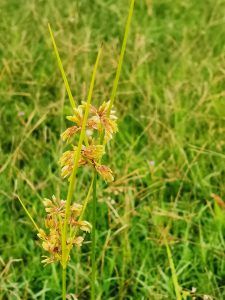
Purple Nutsedge
- Stays under 6 inches tall
- Dark green leaves with blunt tips
- Purple seed heads
- Common in disturbed soil
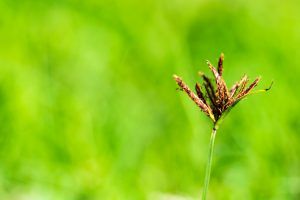
Common nutsedge grass lookalikes
Three plants are commonly mistaken for nutsedge. Here's what makes them different:
- Kyllingas: Look similar but never form tubers
- Weedy grasses: Have flat or round stems with distinct nodes
- Rushes: Feature smooth, round stems without any nodes
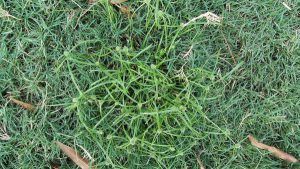
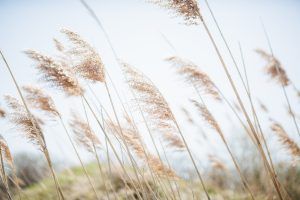
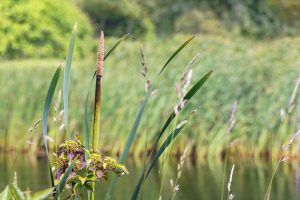
Why worry about nutsedge?
Nutsedge becomes a problem in your lawn for several reasons. It grows faster than your grass, creating uneven patches throughout your yard. Once established, its underground nutlet system makes it particularly difficult to control. Wet or disturbed areas are especially vulnerable to nutsedge invasion.
Keep an eye out for these early warning signs:
- Patches growing faster than surrounding grass
- Yellower-green color compared to lawn
- New fast-growing sedge patch near garden bed edges
- Sudden appearance in areas with new soil
How to avoid a nutsedge infestation
The best way to prevent nutsedge is through smart lawn management:
Careful soil movement
Be careful where you move soil into your yard, and only use verified, nutlet-free products from trusted sources. Good soil starts with good sourcing.
Moisture management
Fix drainage issues and avoid overwatering—nutsedge thrives in wet conditions. Reduce irrigation or fix drainage issues to help dry out the soil.
Proper sod install
When laying new sod, be mindful of proper installation of sod and first-year maintenance to prevent future problems.
Sunday Tip:
When adding new soil or sod, always ask your supplier about their weed prevention measures.
How to get rid of nutsedge
If you spot nutsedge, here's your action plan:
Hand-pulling nutsedge successfully
- Wait until soil is slightly moist
- Use a trowel or pitchfork to gently loosen soil
- Remove ALL nutlets—even one can restart the problem
- Immediately reseed bare patches to prevent new weeds
Sunday Tip:
If soil is compacted, lightly water or use a pitchfork to loosen the soil to make sure the entire root and nutlets can be removed.
Make environmental adjustments
Make your lawn less hospitable to nutsedge by:
- Improving drainage in problem areas
- Reducing irrigation frequency
- Maintaining proper mowing height
- Encouraging thick, healthy turf growth
Cited sources
False-Green Kyllinga in Cool-Season Turf. Rutgers University
Nutsedge. Clemson University.
Purple Nutsedge Is An Invasive That Squeezes Out Native Grasses. University of Florida.
Weed of the Week: Sedges. Texas A&M University.


